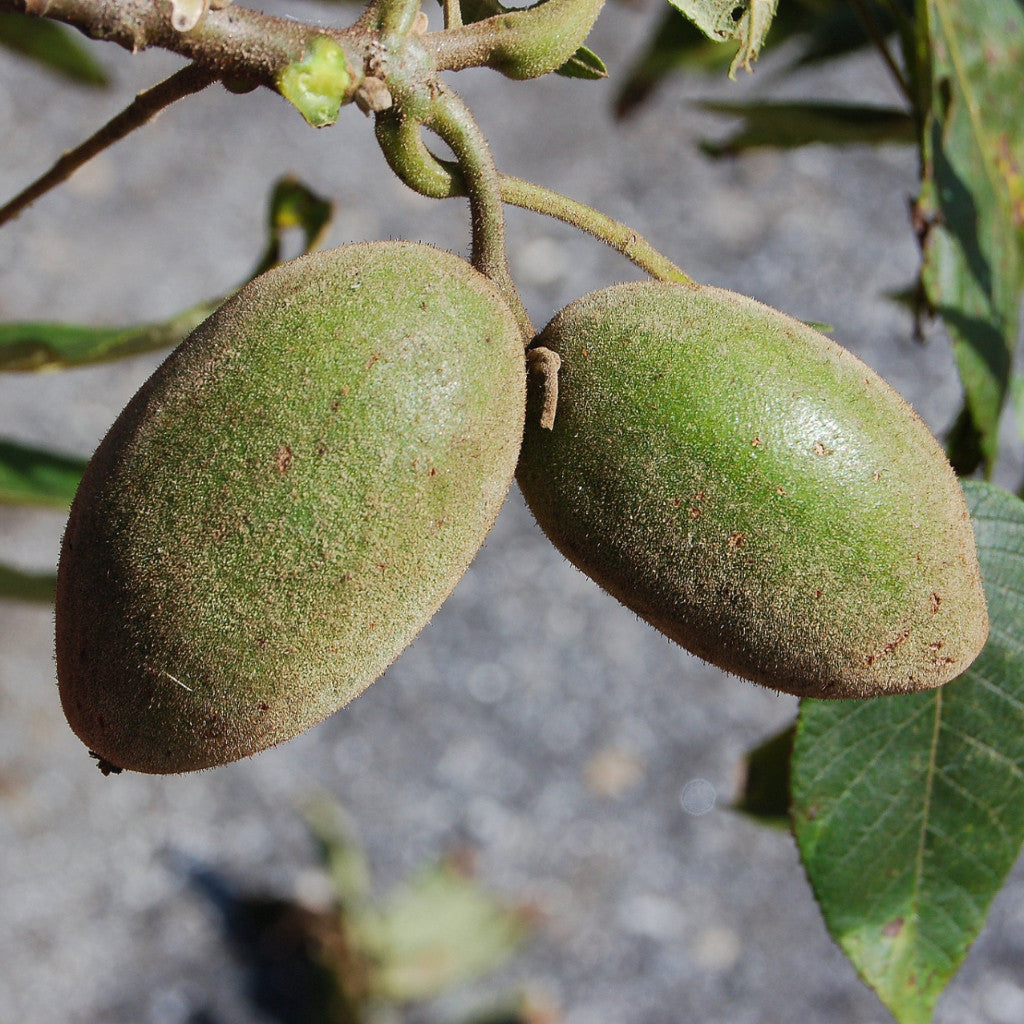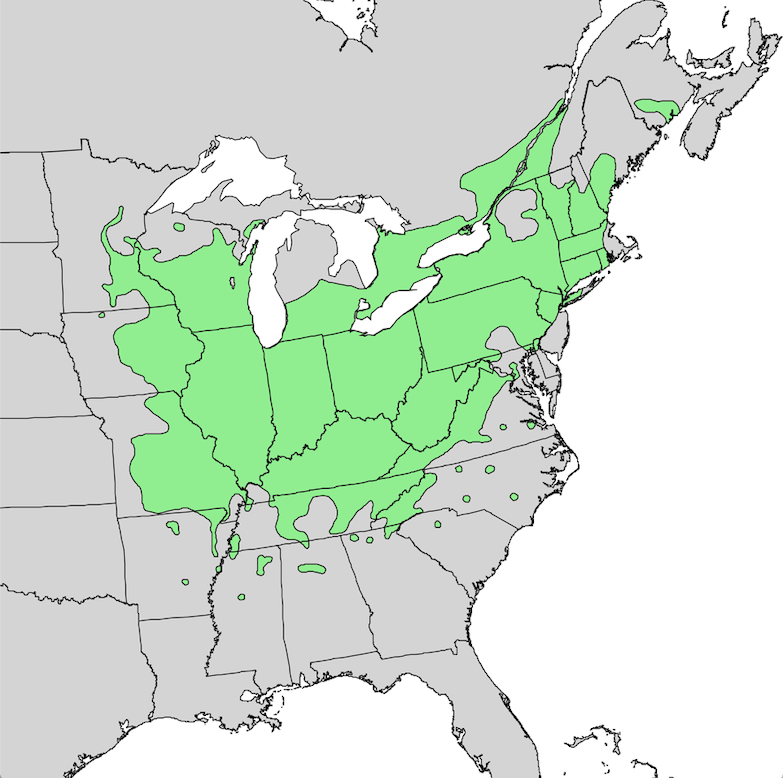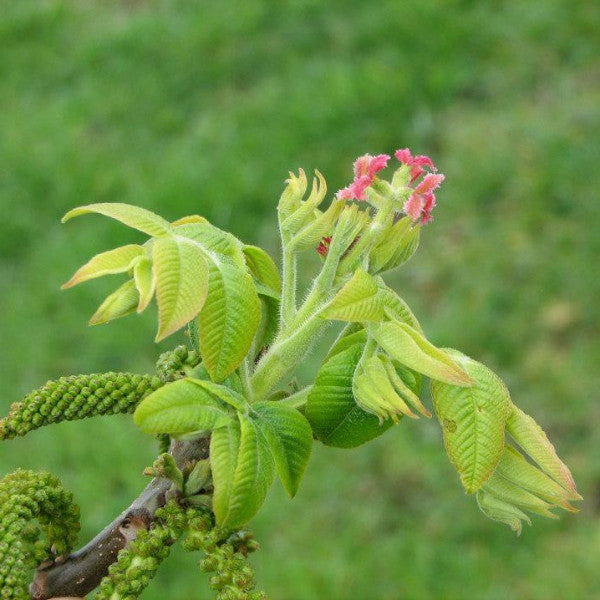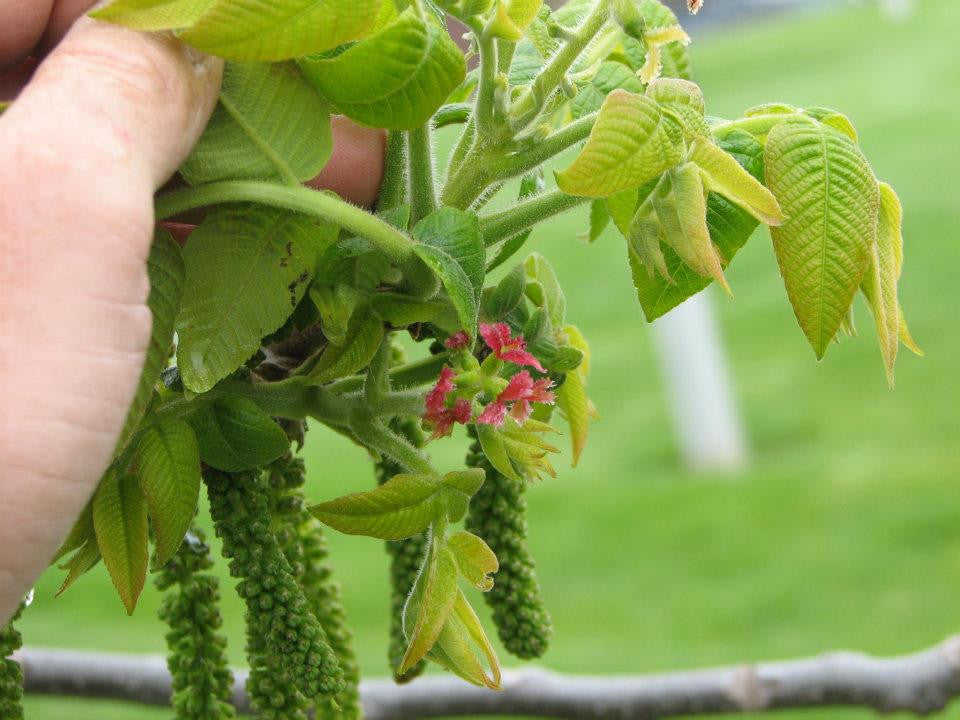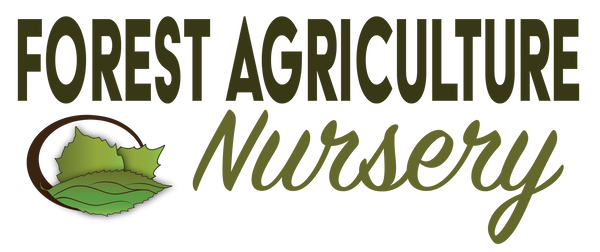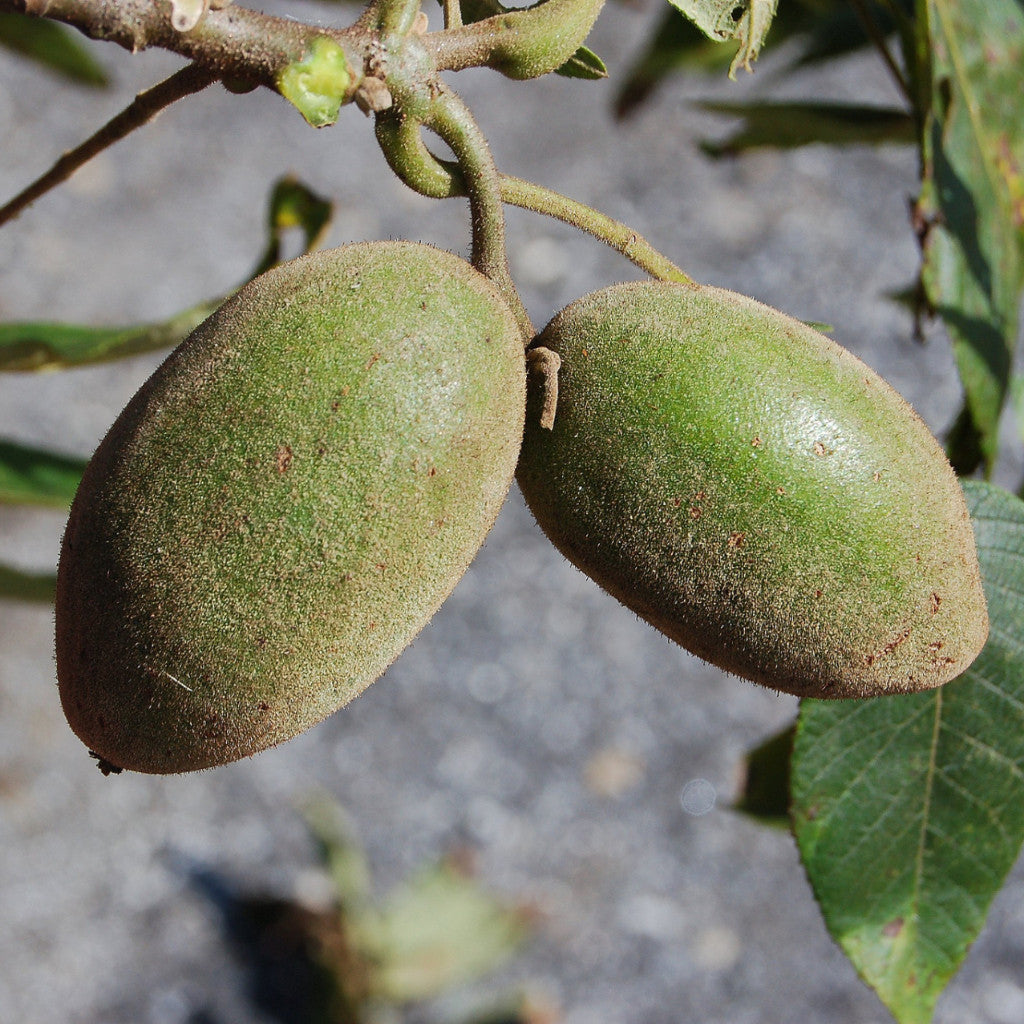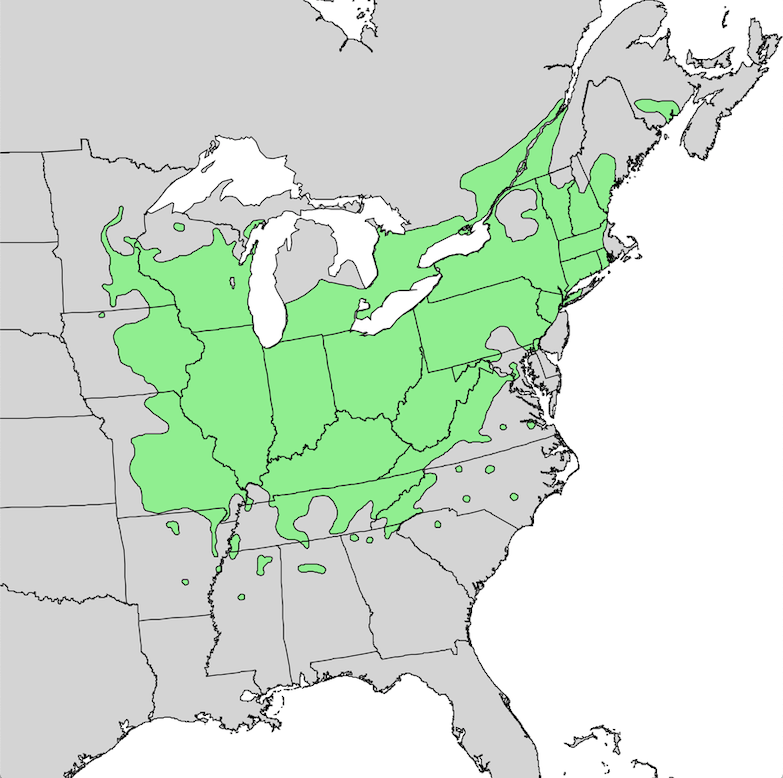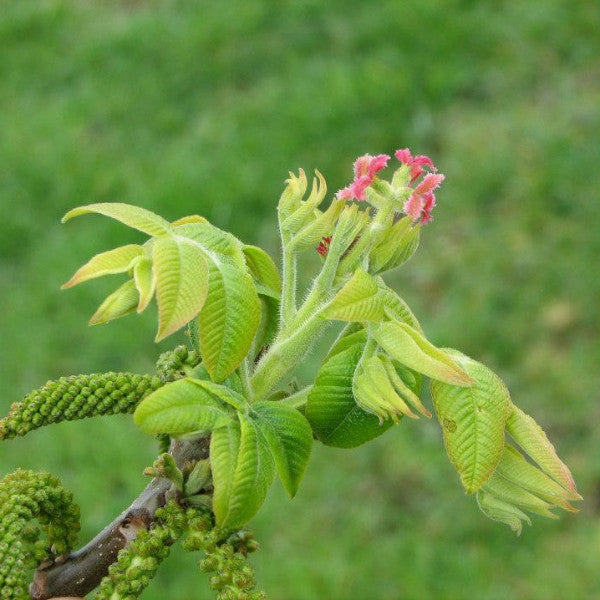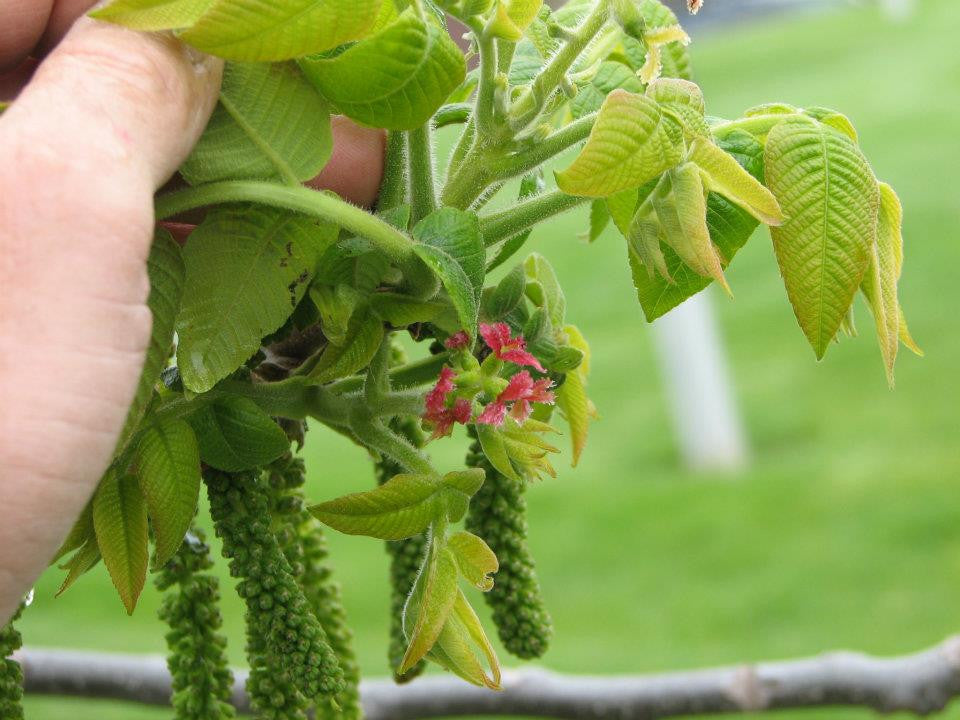forestag
Butternut (Juglans cinerea)
Butternut (Juglans cinerea)
Couldn't load pickup availability
Share
The Butternut (Juglans cinerea), also known as White Walnut, is a beautiful native tree that offers a delicious food crop while benefiting wildlife, making it a win-win-win choice for your landscape. The nuts ripen in September and drop from the tree, encased in a husk that resembles fuzzy kiwi fruit. This medium-sized tree grows rapidly on well-drained soils found on hillsides and stream banks within mixed hardwood forests.
Although native to the United States, Butternut trees are fairly uncommon, and wild populations are currently on the decline. By planting Butternut trees, you are not only adding a stunning tree to your landscape but also contributing to the preservation of a species that is becoming increasingly rare.
Their rapid growth and delicious nuts make them an excellent choice for agroforestry and ecological restoration projects. Enjoy the dual benefits of a beautiful tree and a nutritious food source while supporting wildlife and enhancing biodiversity in your area.
Plant Characteristics:
- Scientific Name: Juglans cinerea
- Size & Shape: Grows 30-60 feet tall with a broad crown; an attractive addition to any landscape.
- Fruit Type: Edible nuts enclosed in a fuzzy husk resembling kiwi fruit.
- Flowering: Produces greenish-yellow flowers in the spring.
- Ecological Benefits: Supports wildlife by providing food and habitat; contributes to the diversity of mixed hardwood forests.
- Wildlife Benefits: Nuts are a valuable food source for squirrels, birds, and other small mammals.
Growing Conditions:
- Sun Requirement: Prefers full sun to partial shade.
- Water Requirement: Moderate water needs; thrives in well-drained soils.
- Hardiness Zone: Zones 3-7.
- Soil Preference: Prefers well-drained soils found on hillsides and stream banks.
